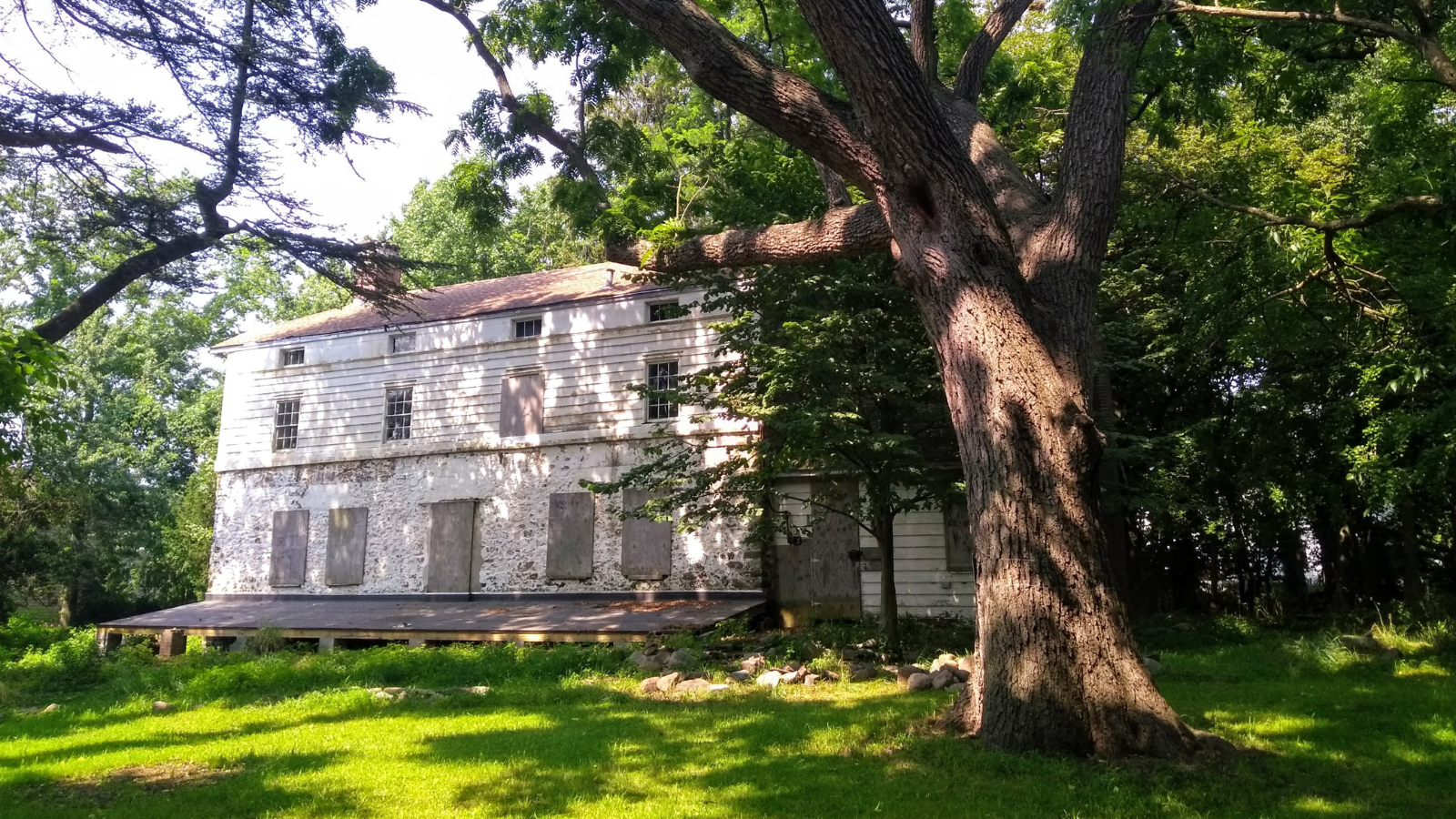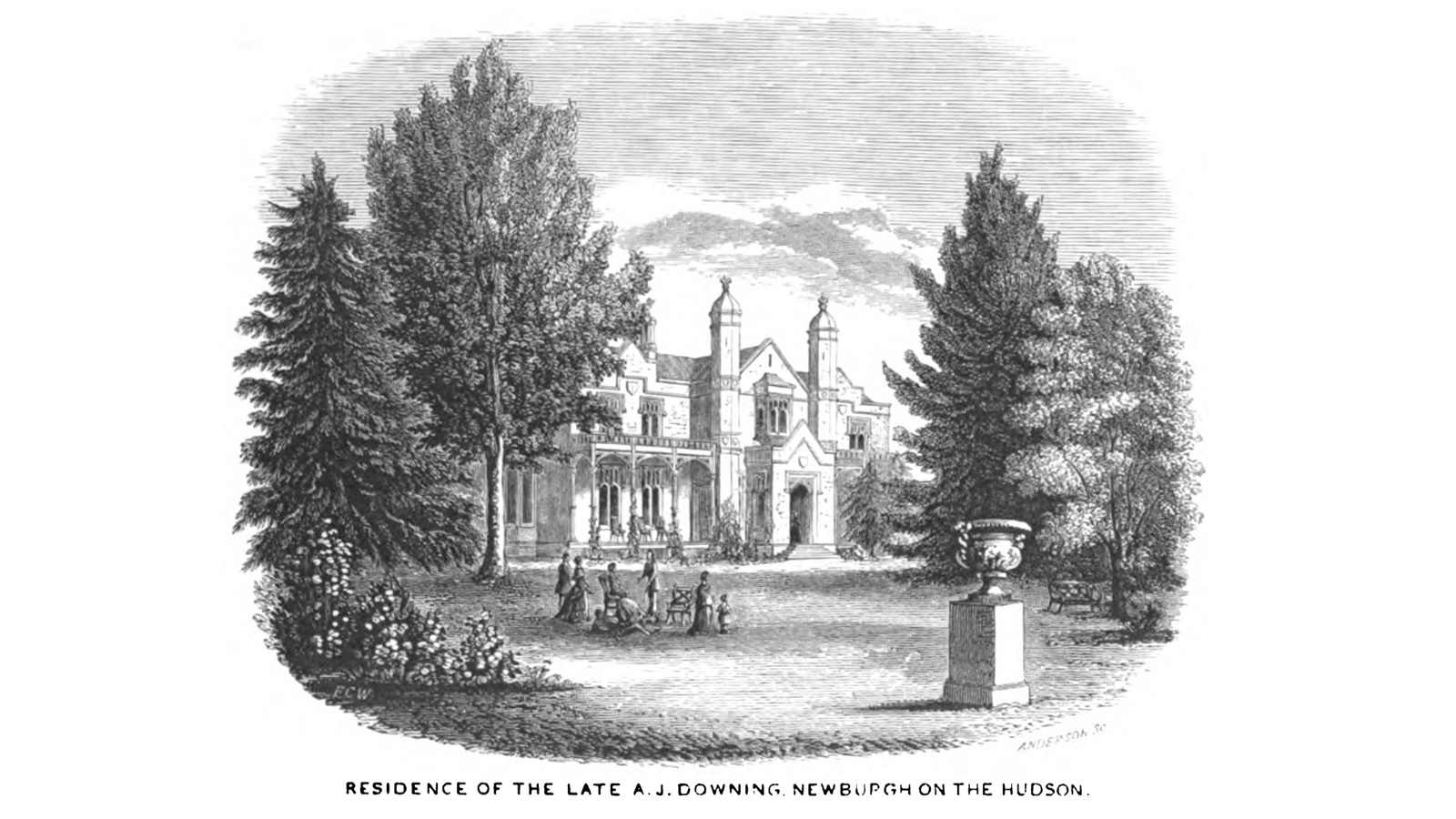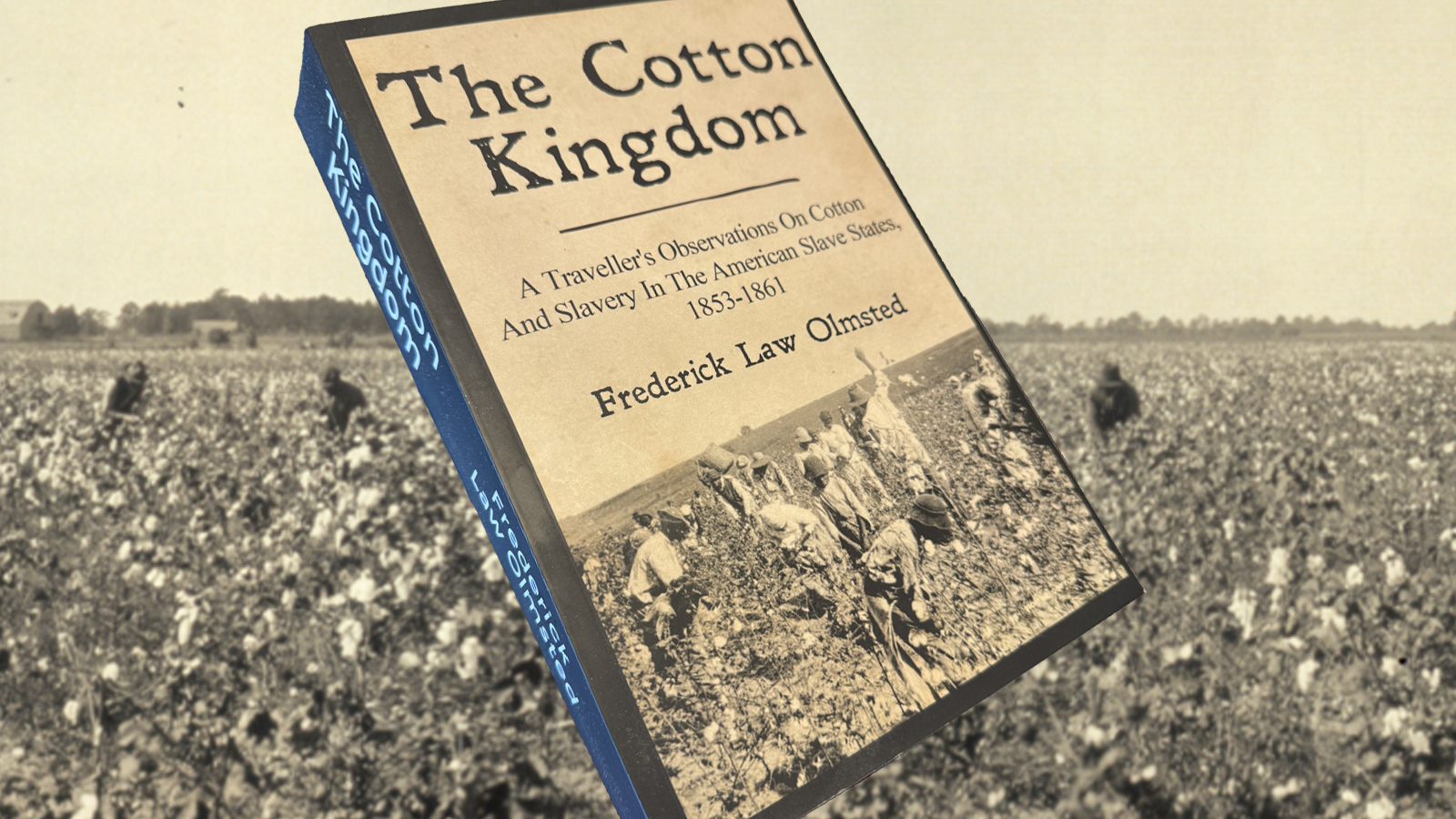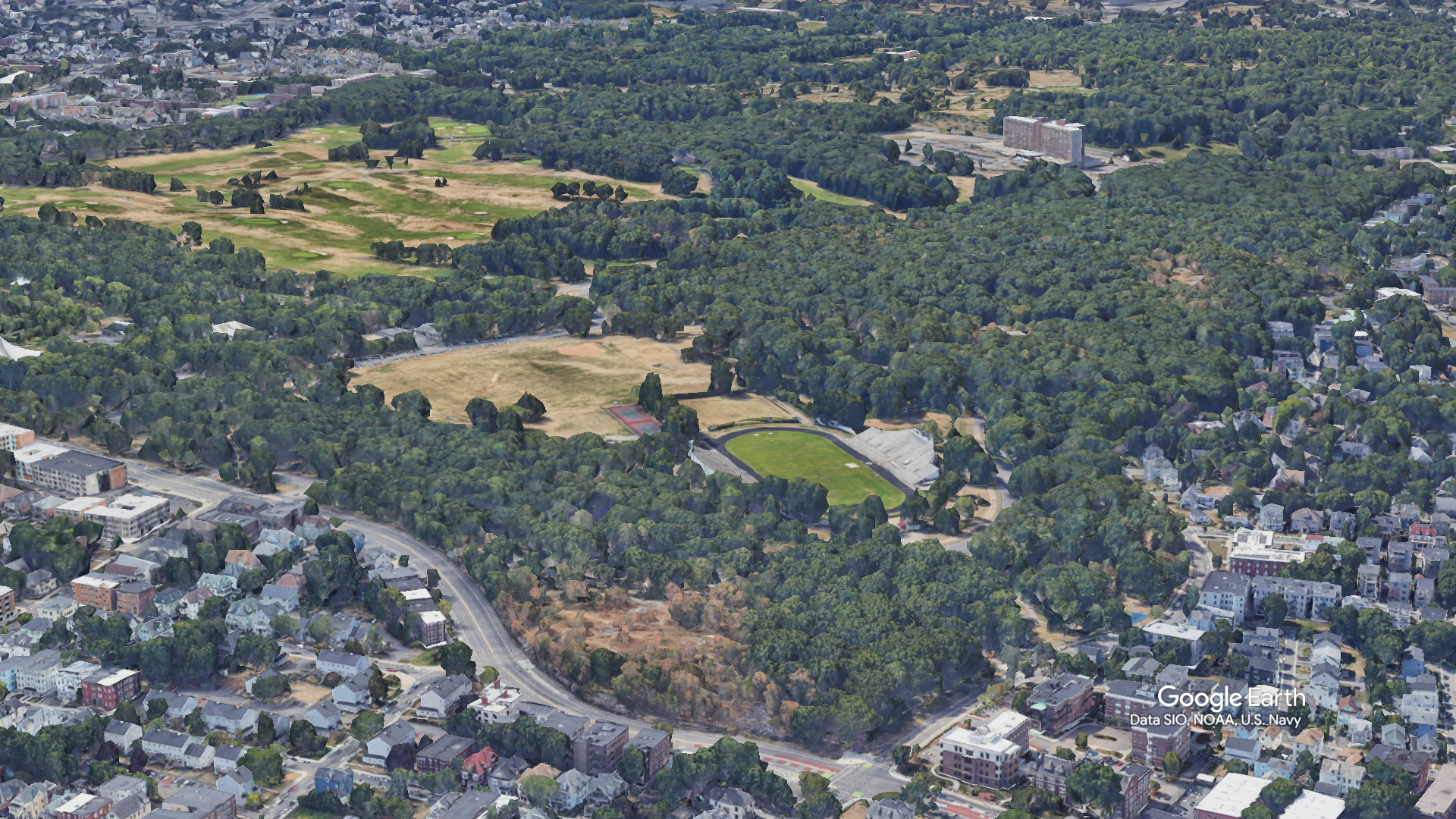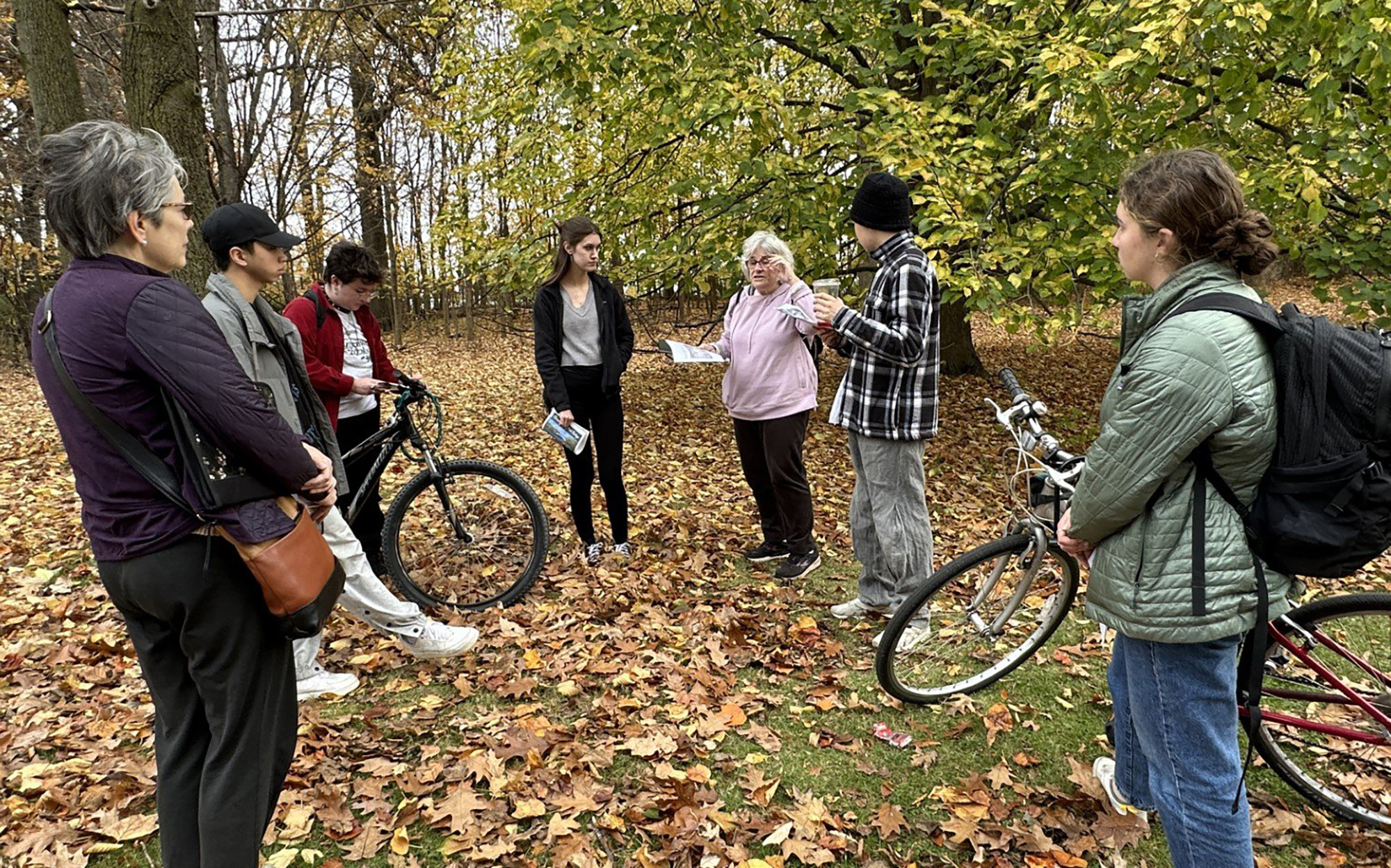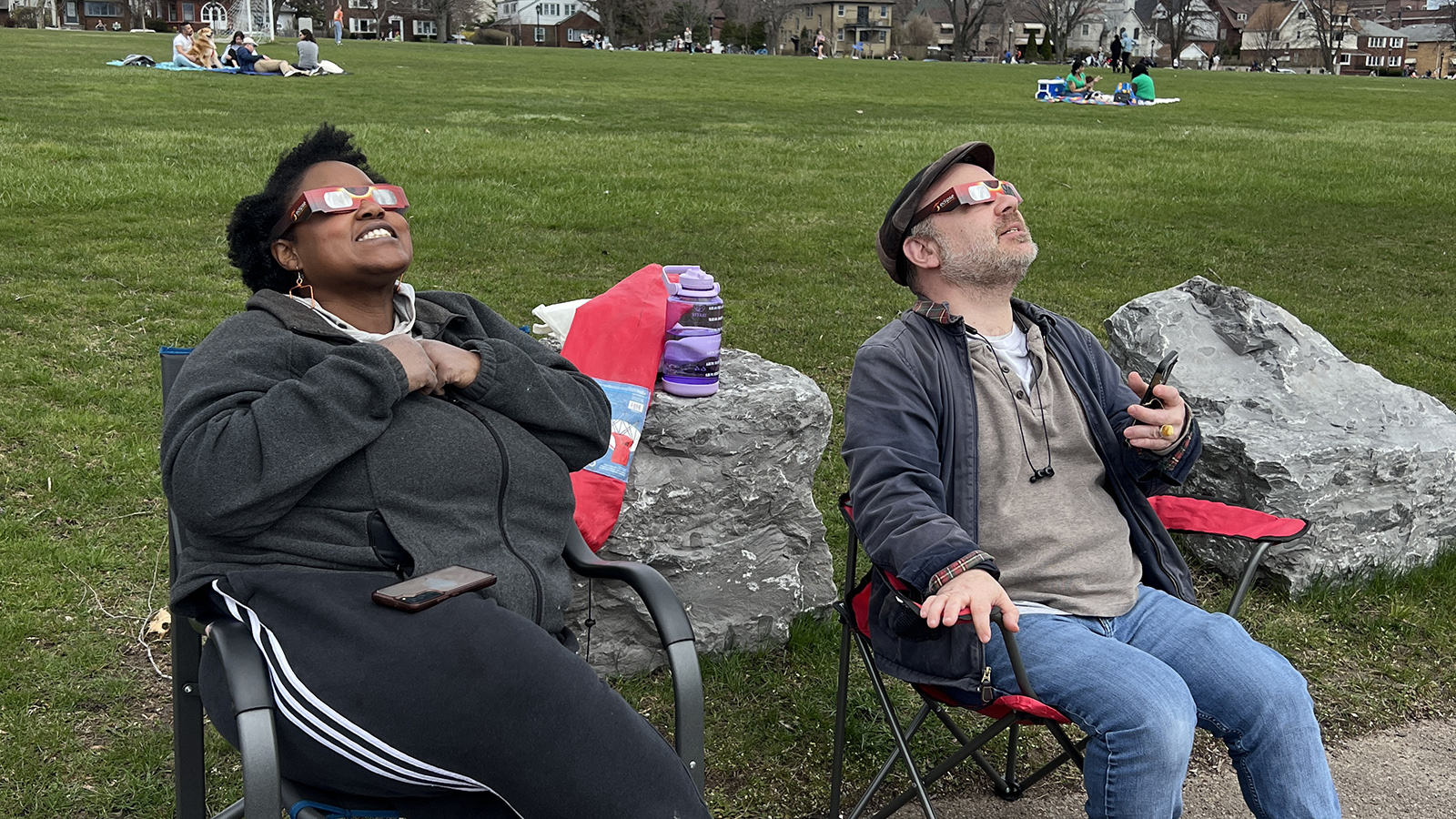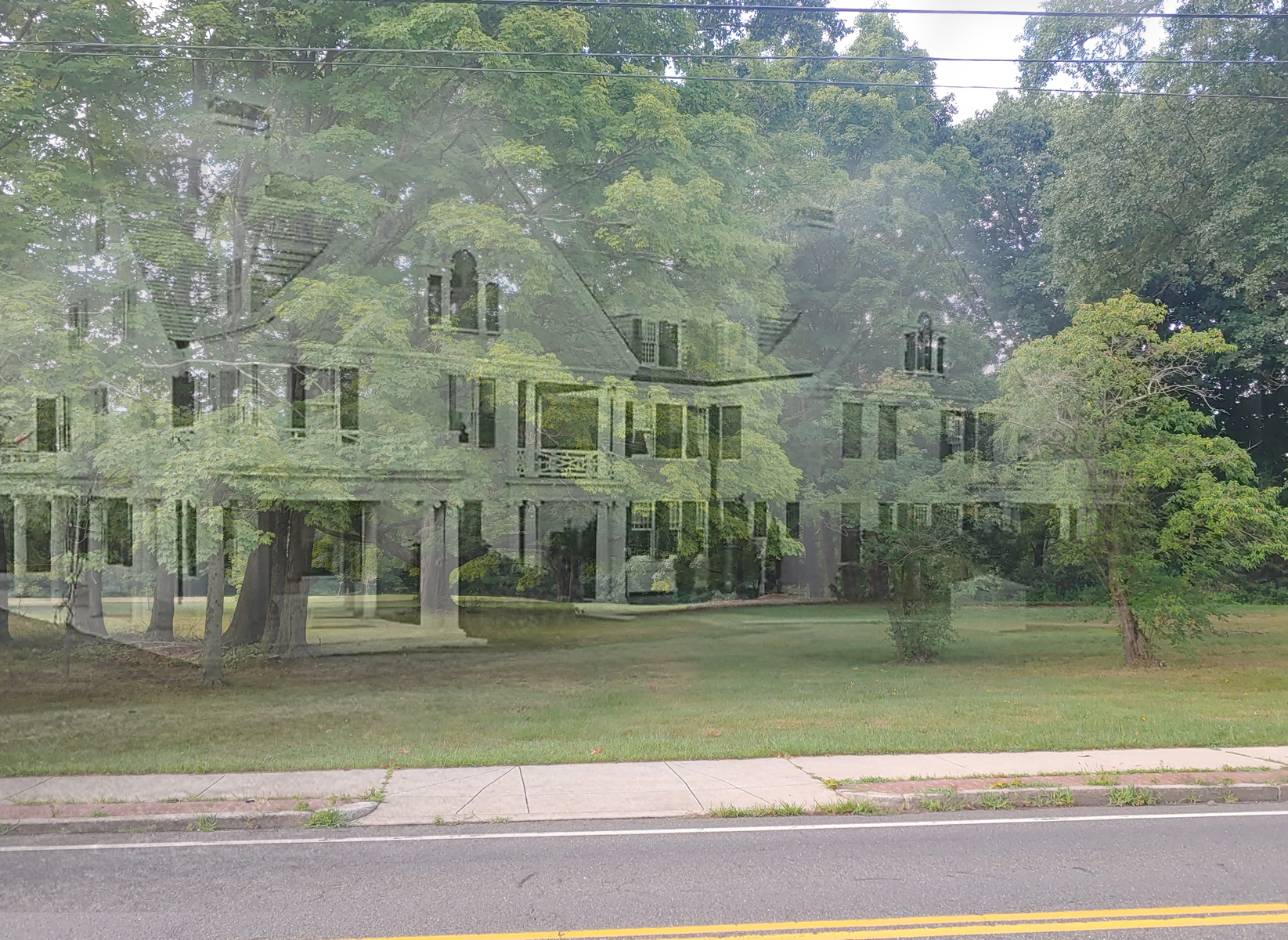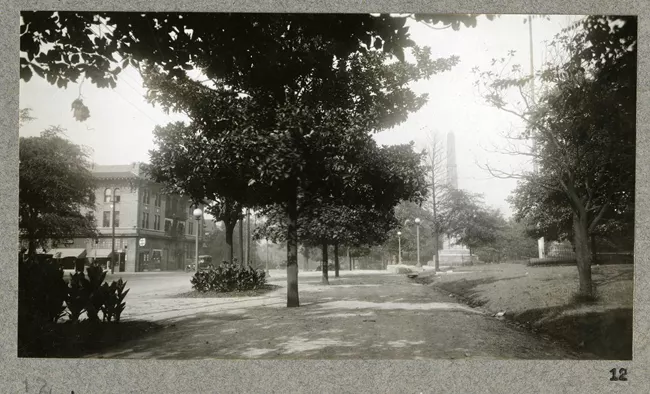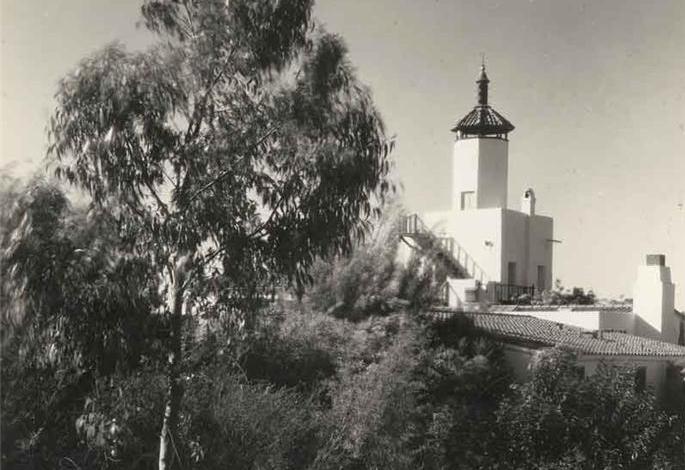
In the spring of 1922, Charles Henry Cheney (1884-1943) wrote to the Olmsted office in Brookline asking for suggestions about places he might visit on an upcoming trip across the country. He received a remarkable response from Edward Clark Whiting (1881-1962), who had become an associate partner in Olmsted Brothers in 1921 and who remained there for the rest of his life.
Whiting’s suggestions, representing a consensus of office interests, include some of the most famous works created in the previous century by Frederick Law Olmsted, from Central Park to Biltmore. But many more places are included that in 1922 had only recently been completed or were still underway. Remarkably insightful, this part of the list now reads as an honor roll of treasured classics from that period in American urban history.
Charles Henry Cheney had just taken over the Palos Verdes project near Los Angeles, but he had been a leading figure in city planning in California for more than a decade as an advocate of zoning and design standards (See Fukuo Akimoto’s article in Planning Perspectives 18, July 2003). An attractive hilly area overlooking the Pacific Ocean in the southwest corner of the metropolitan Los Angeles area, Palos Verdes had been the subject of a 1913 Olmsted plan that had been stopped by the war. The new plan, completed in 1923 after Cheney’s visit to the Boston office, was also interrupted, but eventually Palos Verdes took its place among the outstanding residential developments of the era.



